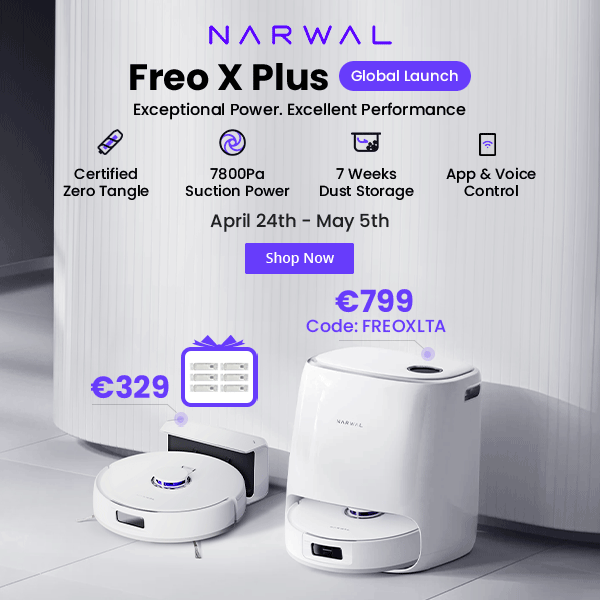Durante el proceso de impresión 3D, El grado de secado de los filamentos es un factor clave que afecta la calidad de la impresión. Este artículo introducirá en detalle los principios básicos del secado de consumibles., El impacto de la absorción de humedad en la calidad de la impresión, y cómo secar adecuadamente los filamentos.
Principios básicos de los filamentos de secado
Un principio central es: cuanto más seco los filamentos, Cuanto mayor sea la calidad del modelo impreso. Los filamentos absorben fácilmente la humedad en el aire, un fenómeno llamado absorción de humedad. El grado de absorción de humedad depende del material y los factores ambientales de los filamentos, como la temperatura, humedad, y tiempo de exposición.
La influencia de la absorción de humedad en la calidad de impresión
Si los filamentos absorben la humedad, La calefacción durante la impresión hará que la humedad en la boquilla se evapore, aumentando la fluidez de los filamentos. Esto puede causar problemas como burbujas, dibujo de alambre, fugas de material, agujeros, aspereza, y diferencia de color en la superficie de la parte impresa, y también reduce la resistencia mecánica de la parte impresa. Por lo tanto, Una vez que se encuentra la absorción de humedad en los filamentos, El tratamiento de secado debe llevarse a cabo de inmediato.


Recomendaciones de secado de consumibles preimpresiones
Para aplicaciones que requieren alta resistencia al modelo y calidad de apariencia, Se recomienda secar a fondo los filamentos antes de imprimir y mantenerlos sellados durante el uso para evitar la absorción de humedad nuevamente.
Parámetros de secado de filamentos
Los parámetros de secado recomendados para varios filamentos se muestran en la tabla a continuación..
Los siguientes parámetros son valores recomendados basados en las características y las condiciones ambientales de varios filamentos. En uso real, Se pueden necesitar ajustes apropiados de acuerdo con situaciones específicas. El secado adecuadamente los filamentos pueden mejorar significativamente la tasa de éxito y la calidad de los productos de impresión 3D.
|
Tipo de filamentos
|
Secado antes de usar
|
Protección del agente de secado durante el uso
|
Tipo de explosión Temperatura de secado del horno
|
Tiempo de secado
|
|---|---|---|---|---|
|
PLA y PLA-CF/GF
|
Recomendado
|
No requerido pero recomendado
|
50-60°C
|
8 horas
|
|
Abdominales y asa
|
Recomendado
|
No requerido pero recomendado
|
75 – 85°C
|
8 horas
|
|
PETG y PETG-CF
|
Recomendado
|
No requerido pero recomendado
|
60 – 70°C
|
8 horas
|
|
TPU
|
Debe
|
Debe
|
65 – 75°C
|
8 horas
|
|
ordenador personal
|
Debe
|
Debe
|
75 – 85°C
|
8 horas
|
|
PVA y BVOH
|
Debe
|
Debe
|
75 – 85°C
|
8-12 horas
|
|
Pensilvania, PA-CF/GF, Paht-CF/GF, PET-CF, etc.
|
Debe
|
Debe
|
75 – 85°C
|
8-12 horas
|
|
PPA-CF/GF y PPS, PPS-CF/GF
|
Debe
|
Debe
|
PPA-CF/GF es 100-130 ° C, PPS, PPS-CF/GF es 110-140 ° C
|
8 – 12 horas
|
notas
Si la temperatura excede la temperatura resistente al calor de la bandeja durante el secado, la bandeja puede deformarse o derretirse.
Al usar un horno de secado, Es mejor usar un tipo de explosión, y el volumen del horno de secado no debe ser demasiado pequeño. Trate de mantener el material del material lejos del área de calefacción para garantizar una temperatura uniforme., para que los filamentos puedan secarse en su conjunto, y la bandeja del material y la línea de material no se deformarán ni dañan debido a un sobrecalentamiento local.
Para filamentos de PA, Si no se usa durante mucho tiempo, Asegúrese de usar un recipiente desecante y sellado para su protección para evitar la absorción excesiva de agua y la dificultad para secar.
Los filamentos de la PC pueden volverse frágiles y propensos a la rotura debido a la acumulación de estrés térmico después de múltiples "refrigeración de hornear” ciclos. Por lo tanto, Se recomienda realizar sellado completo y protección desecante durante los procesos de impresión y almacenamiento posteriores después de un cierto secado.
Método para secar los filamentos durante la impresión
Para evitar que los filamentos propensos a la humedad absorban la humedad durante el proceso de impresión y afectan la calidad de la impresión, Hay tres métodos de secado para elegir: caja de secado no calentador, caja de secado con calentamiento, y caja de material multicolor. Estos métodos pueden mantener efectivamente el estado seco de los filamentos y garantizar que no estén húmedos durante el proceso de impresión.
Conclusión
El secado adecuado de los filamentos es crucial para la calidad de la impresión 3D. Seguir las pautas anteriores puede garantizar que sus trabajos impresos en 3D tengan la mejor fuerza y apariencia. Controlando la humedad de los filamentos, Puede aumentar la tasa de impresión de éxito, Reducir la carga de trabajo de postprocesamiento, y finalmente lograr resultados de impresión satisfactorios.

